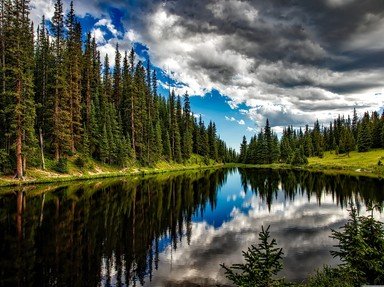Quiz Answer Key and Fun Facts
1. Long and relatively narrow, the Gulf of Bothnia lies between Sweden and Finland. What is the name of the archipelago, also an autonomous region of Finland, located at the entrance of the gulf?
2. The Gulf of Genoa is the northernmost part of what arm of the Mediterranean Sea, sharing a name with the Italian region where the port city of Genoa is located?
3. Associated with two recent wars, the Persian Gulf is connected to the Gulf of Oman by which of the following straits?
4. Lying between southeastern India and Sri Lanka, the Gulf of Mannar has been known since antiquity for what sources of a valuable commodity?
5. Part of the South China Sea, the Gulf of Tonkin is named after a former French protectorate in what Southeast Asian country?
6. What kind of ecoregion - often associated with Africa - characterizes the land bordering the Gulf of Carpentaria in northern Australia?
7. The Gulf of Fonseca is located on the Pacific coast of Central America. Which of these countries - sadly known for its high crime rate - borders this gulf?
8. An arm of the northern Pacific Ocean, the Gulf of Alaska stretches from the Alexander Archipelago in the east to what island - home to some very large carnivores - in the west?
9. The states that border the vast Gulf of Mexico are often referred to as the "Third Coast" of the US. Which of the following Southern US states does NOT have a coastline on the Gulf of Mexico?
10. Flowing through West Africa, what major African river empties into the Gulf of Guinea, where it forms a huge delta?
Source: Author
LadyNym
This quiz was reviewed by FunTrivia editor
agony before going online.
Any errors found in FunTrivia content are routinely corrected through our feedback system.

